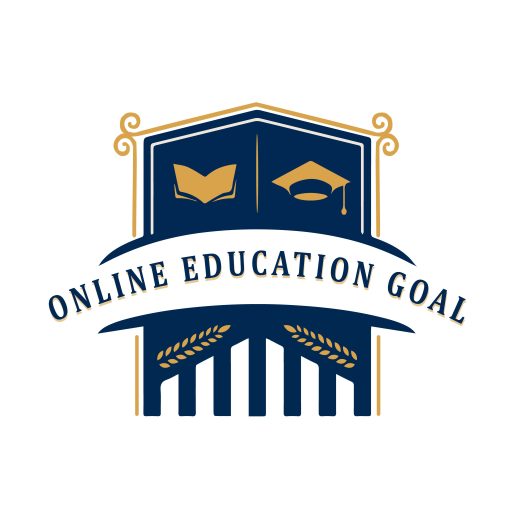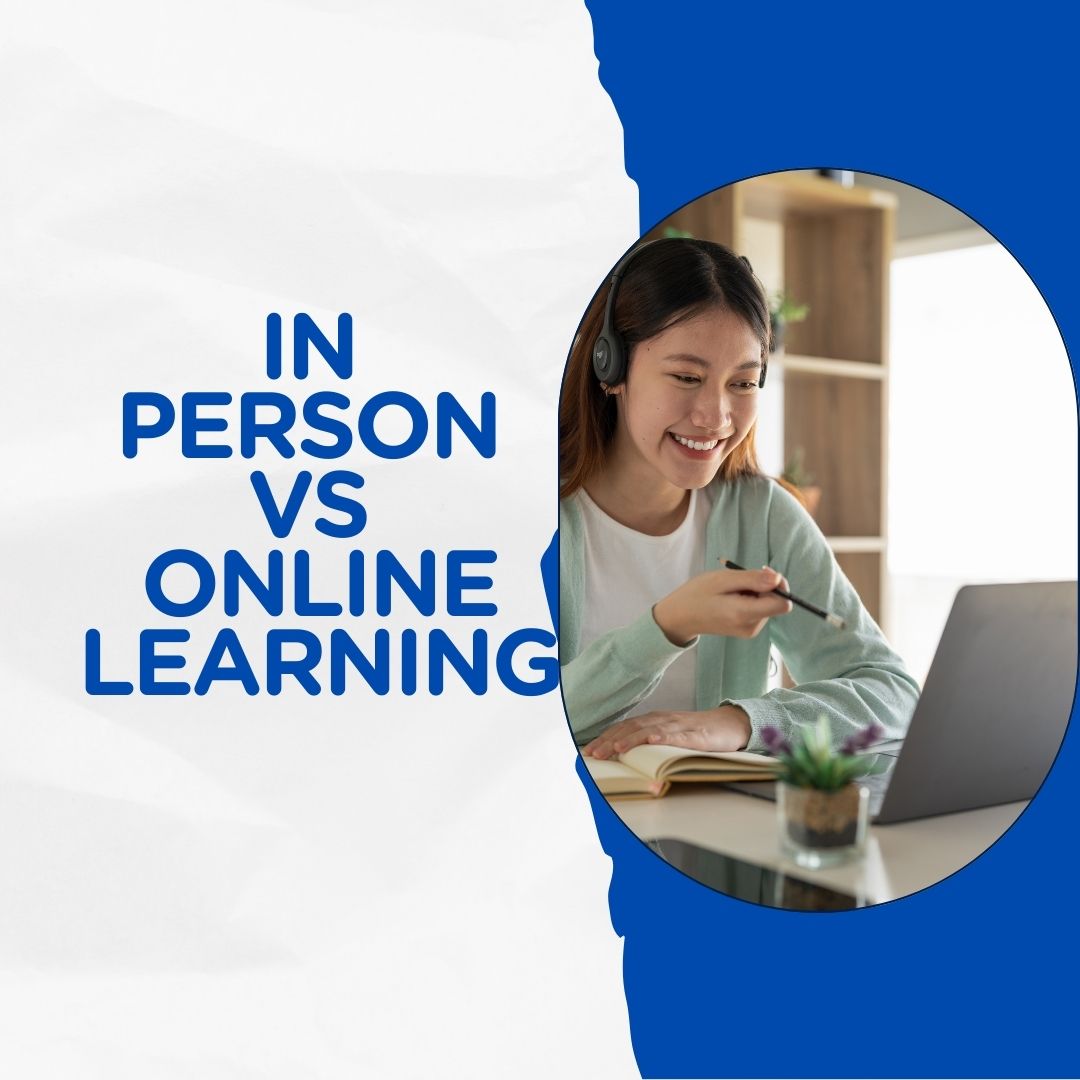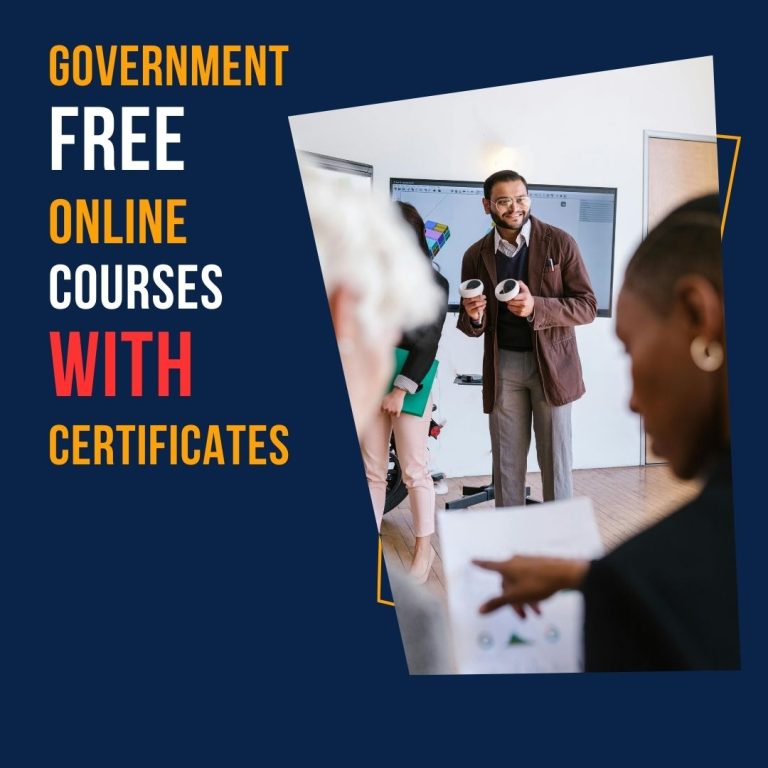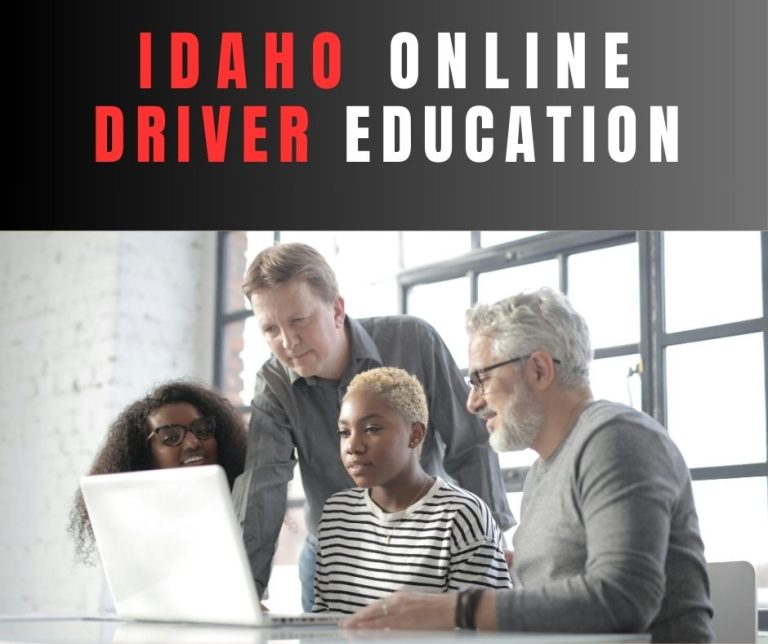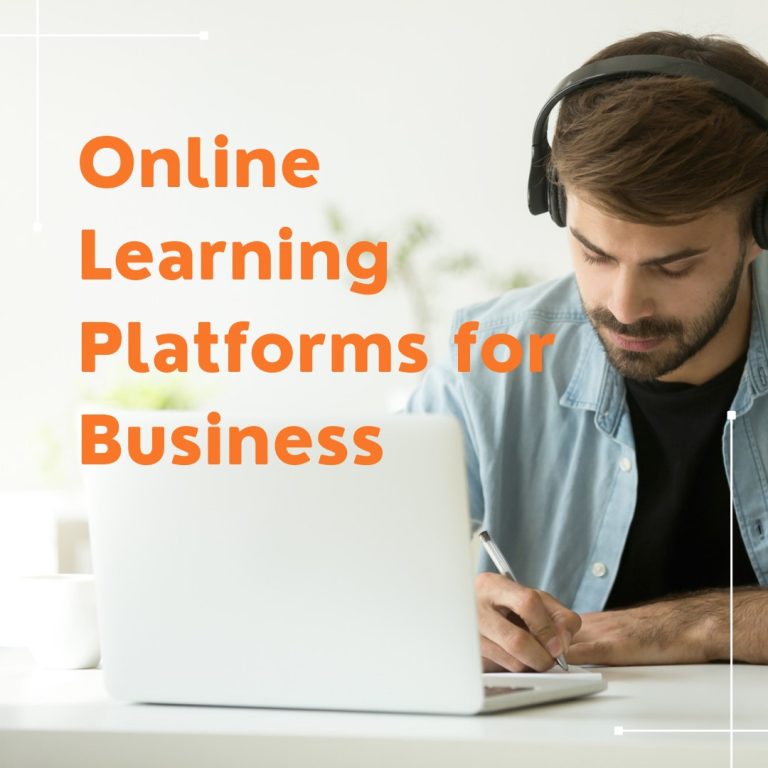In Person Vs Online Learning: Navigating the Best Path
In Person Vs Online Learning. In-person learning offers interactive and social benefits, while online learning provides flexibility and accessibility. Choosing the best approach depends on individual needs and situations.
Deciding between in-person and online learning is a critical step for any student or professional seeking education. Both methods come with unique advantages tailored to different learning styles and life circumstances. Traditional in-person education fosters direct engagement with instructors and peers, enabling real-time feedback and discussions.
It’s ideal for those who thrive in a structured environment. On the other hand, online learning allows learners to access courses from anywhere in the world, as long as they have internet connectivity. This mode is especially beneficial to individuals needing to balance education with other responsibilities like work or family. As technologies evolve, online platforms are increasingly offering interactive elements, bridging the gap between both learning experiences. Selecting the right educational path involves assessing personal goals, schedules, and preferred interaction levels, ensuring that the chosen method aligns with one’s learning objectives.
The Rise Of Online Learning
The educational landscape is undergoing a major shift. Online learning is on the rise, transforming how we acquire knowledge. The traditional classroom environment is no longer the only option for learners. Today, education extends far beyond brick-and-mortar walls into the digital realm.
From Traditional Classrooms To Virtual Platforms
The transition from physical classrooms to online spaces has been swift. Virtual platforms now offer interactive experiences that rival face-to-face learning. This shift is not just about convenience. It’s about accessibility and flexibility. Learners from anywhere can engage with course materials at any time.
- Students can learn at their own pace.
- Tutors provide personalized feedback.
- Discussion forums encourage peer interaction.
Online courses range from kindergarten to college level. They even include professional skills training. This variety ensures that everyone has the chance to learn something new.
Technological Advancements Fuelling Education
Innovative technologies are changing how we learn. From high-speed internet to advanced software, learning tools are more accessible than ever. AI tutors and VR classrooms are no longer science fiction.
| Technology | Impact on Learning |
|---|---|
| Artificial Intelligence | Customized learning experiences |
| Virtual Reality | Immersive learning environments |
| Cloud Computing | Unlimited access to resources |
These advancements are not just for the elite. They strive to make education inclusive and globally available. Everyone can benefit from the power of technology in education.
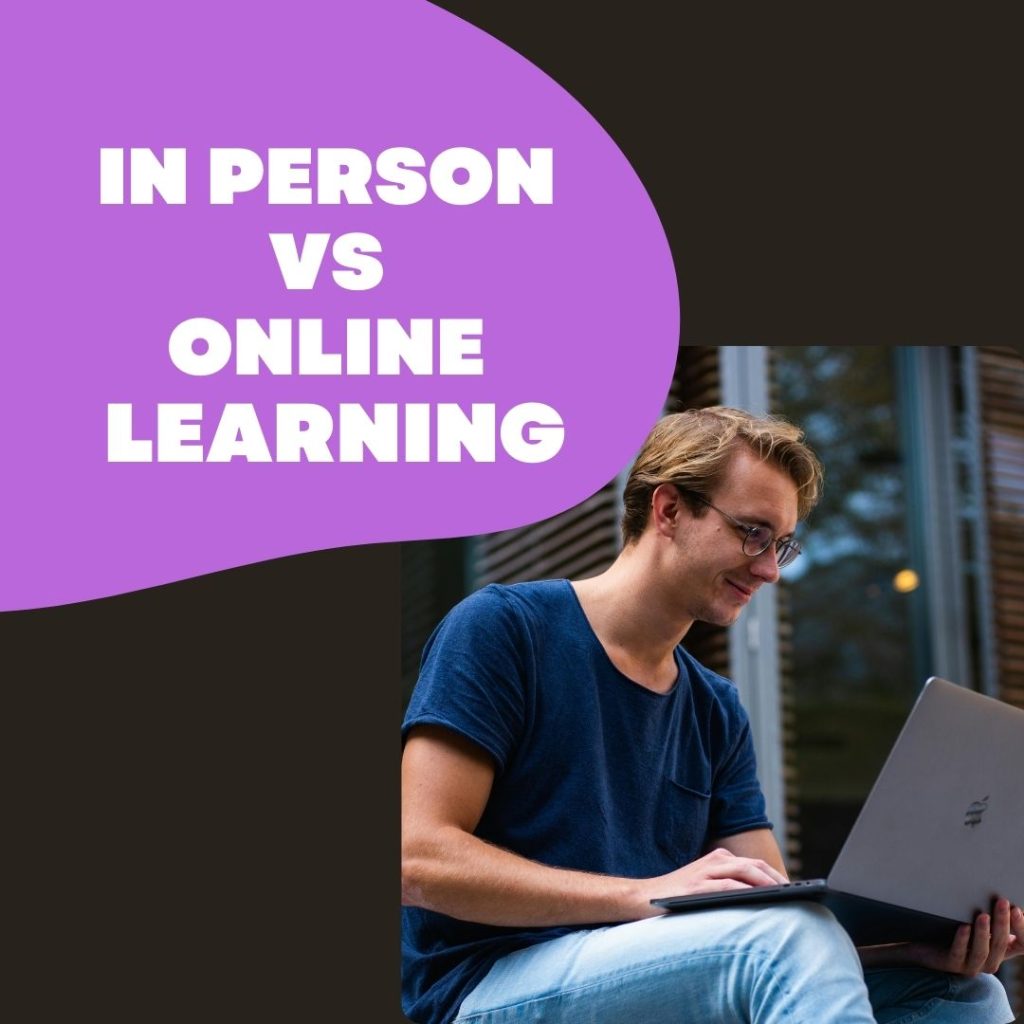
Advantages Of In-person Learning
The advantages of in-person learning are numerous and essential for academic growth. This traditional form of education enables students to fully immerse themselves in the learning experience. Learners can capitalize on the tactile and immediate aspects of face-to-face education. Reflecting on the key merits, we discover multiple pillars that uphold the value of this educational approach.
Hands-on Experience
One profound strength of in-person learning is the hands-on experience it provides. This tactile approach to education is irreplaceable and crucial for subjects requiring practical skills.
- Lab experiments come to life.
- Technical skills are honed with real equipment.
- Students learn by doing, not just watching.
Social Interaction And Networking
Building relationships is a cornerstone of on-site learning. Traditional classrooms foster camaraderie and long-term professional connections.
- Team projects enhance collaboration skills.
- Real-time discussions encourage diverse perspectives.
- Networking becomes a natural part of the school experience.
Immediate Feedback And Support
Instantaneous feedback from instructors is a valuable feature of physical classrooms. Questions are answered swiftly, and support is readily available.
- Teachers clarify confusion on the spot.
- Peers contribute to learning solutions.
- Personalized attention addresses individual needs.
Benefits Of Online Education
Exploring the benefits of online education shines a light on why it’s such a popular choice for students worldwide. With advancements in technology, learners have unprecedented access to educational resources, tools, and communities without stepping out of their homes. Let’s delve into the key advantages online learning offers.
Flexibility And Convenience
One of the standout pros of online education is its flexibility. Busy schedules and commitments are no longer barriers to pursuing higher education. Enjoy the freedom to learn at times that fit your lifestyle. Online classes allow you to:
- Study from anywhere with an internet connection
- Balance work, life, and education efficiently
- Attend virtual classrooms without the hassle of commuting
Access To Global Perspectives
The digital classroom transcends borders. This global accessibility enriches learning experiences in diverse ways. As you log in to your online courses, you:
- Connect with peers from different cultures and backgrounds
- Engage in discussions that broaden your world-view
- Learn from international experts and educators
Self-paced Learning
Every learner is unique, with a pace that suits their absorption of new information. With online education’s self-paced learning approach, you:
- Control your learning speed
- Review materials as often as needed
- Advance through courses based on your comfort level
Challenges Faced In Traditional Learning
Let’s deep dive into the challenges that learners often encounter in traditional, in-person classrooms. Recognizing these obstacles can help us appreciate the dynamics of online learning as a viable alternative.
Geographical Limitations
Traditional learning requires physical presence. This can limit access for many students who live far away from educational institutions. Below are some of the key geographical hurdles:
- Travel costs can add up, making education expensive.
- Long commutes consume valuable time that could be used for studying or resting.
- Some areas may have fewer schools or colleges, providing limited options for learners.
Rising Costs Of Education
Education costs are soaring. This is affecting the ability of many to access quality education. Here’s how costs are on the rise:
| Cost Factor | Impact |
|---|---|
| Tuition Fees | Major expense for learners, increasing yearly. |
| Books and Supplies | Essential materials but often pricey. |
| Accommodation | Necessary for some, adding to the financial burden. |
Fixed Schedules And Rigid Structures
School schedules can be inflexible. They can create challenges like:
- Clashing with work or personal commitments.
- Little room for learning at one’s own pace.
- Stress and pressure to keep up with the class.
You May Also Read : Cornel West on Education
Downsides Of Digital Classrooms
Exploring the realm of education reveals a shift towards digital classrooms. Yet, this modern learning mode isn’t flawless. Recognize the challenges students may face in the virtual learning environment.
Technology Dependency
In the online learning scene, tech is vital. If systems fail, learning halts. Students must rely on devices, internet access, and digital tools. This tech-heavy approach can overwhelm learners, particularly those less tech-savvy.
- Digital issues can disrupt class flow.
- Access inequality affects some learners.
- Constant updates can confuse and frustrate.
Lack Of Personal Interaction
Without the classroom’s bustle, students miss out on rich, face-to-face interactions. Gestures and nuances get lost in translation online. Building relationships and networking become tougher.
- Non-verbal cues are hard to catch.
- Social skills development takes a hit.
- Group dynamics aren’t the same without in-person energy.
Self-motivation Requirements
Online classrooms demand high self-motivation. Distractions are plenty, and the drive must come from within. Students need discipline to manage time and tasks without direct oversight.
| Key Factors | How They Affect Learning |
|---|---|
| Discipline | Essential for task management |
| Time Management | Crucial to meeting deadlines |
| Focus | Required to resist distractions |
Online learners wrestle with unique challenges. Whether it’s tech reliance, missing human touch, or the need for self-direction, each learner must navigate these waters to succeed.
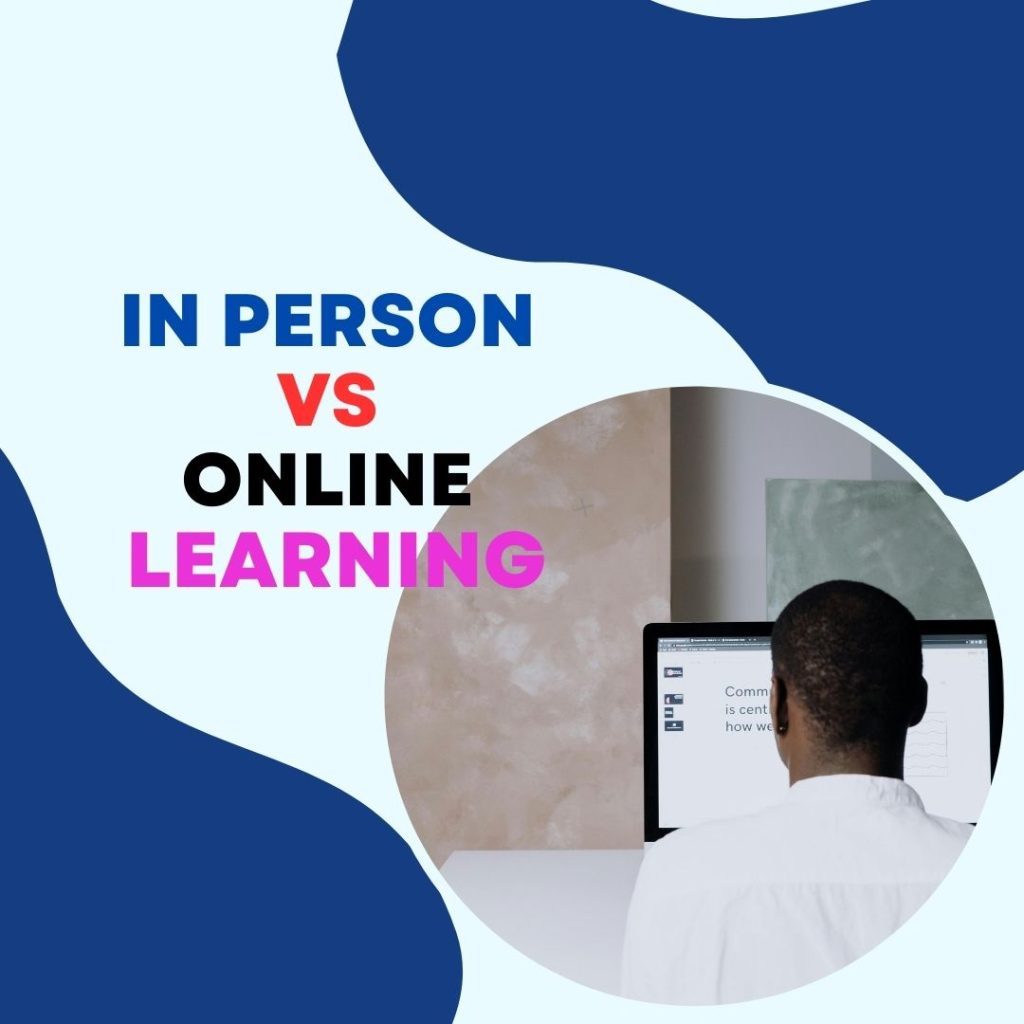
Personal Learning Styles And Preferences
Every student shines differently, depending on their personal learning styles and preferences. Some excel in the buzz of a classroom, while others thrive in the quiet corners of a digital world. It’s crucial to uncover what works best for each learner to tailor education for maximum understanding and retention.
Assessing Individual Needs
To create the most effective learning journey, it’s essential to first understand personal educational needs. Each student is unique, with their own strengths, weaknesses, and methods of processing information.
- Visual learners benefit from diagrams and infographics.
- Those who prefer auditory learning may find videos more helpful.
- Kinesthetic learners engage more with hands-on activities.
Identifying these styles allows for a personalized approach, whether in a physical or virtual classroom.
Adapting To Different Learning Environments
The transition between in-person and online learning can be smooth with the right tools and approaches. Understanding one’s learning style opens the door to adapting successfully to various environments.
| Environment | Tools | Techniques |
|---|---|---|
| In-Person | Whiteboards, Textbooks | Group Discussions, Live Demos |
| Online | Digital Platforms, E-books | Interactive Quizzes, Webinars |
Both settings have unique advantages that, when aligned with personal preferences, can lead to enriching educational experiences.
Impact On Academic Performance
The impact on academic performance can significantly vary between in-person and online learning environments. Gauging how students retain information, interact with content, and develop skills in each setting is crucial for educational success. Let’s delve into the success rates and skill development across these two learning landscapes.
Success Rates In Various Settings
Studies show that learning success rates can differ markedly based on the setting. Traditional in-person classes often provide structured environments, immediate feedback, and social interactions that reinforce learning outcomes. Online learning, on the other hand, offers flexibility, which can lead to higher success rates for self-motivated students.
| Learning Environment | Completion Rate | Student Satisfaction |
|---|---|---|
| In-Person | 88% | High |
| Online | 70% | Moderate to High |
Skill Development In Different Contexts
Developing skills can take on a new dimension depending on the mode of learning. In-person settings often foster critical thinking and problem-solving through direct interaction. Conversely, online platforms can enhance digital literacy and time management skills.
- Critical Thinking: Better honed in classroom debates and discussions.
- Problem Solving: Enhanced through collaborative projects and hands-on activities.
- Digital Literacy: Gained from navigating online systems and resources.
- Time Management: Improved with self-directed online assignments and schedules.
Exploring which environment leads to better academic performance requires a look at these factors. Both settings have unique benefits that cater to different learning styles and preferences. What remains consistent is the importance of engagement and interaction, whether it be with instructors, peers, or digital content.

Making The Right Choice
Deciding between in-person and online learning can feel overwhelming. Each method has its unique benefits that cater to different learning styles. Your personal situation, learning preferences, and career goals all play a role. Let’s dive into the factors to consider, helping you make an informed decision on the learning path that’s right for you.
Evaluating Pros And Cons
Choosing the best way to learn starts with a pros and cons list.
| In-Person Learning | Online Learning |
|---|---|
|
|
Despite these benefits, in-person learning can be less flexible, while online learning may lack personal interaction.
Long-term Goals And Career Planning
Think about your future when choosing a learning format. Consider how each option aligns with your long-term objectives.
- Your career may require certain certifications or practical skills.
- Some industries value networking and on-campus activities.
- Digital skills can prove essential, as more businesses operate online.
Match your learning path with your career aspirations. It influences your professional success.
The Future Of Education
The Future of Education seems to stand at a significant crossroads. With rapid technological advancement and shifting societal needs, the face of learning is changing. Torn between traditional in-person classrooms and the expanding frontier of online learning, education systems worldwide are embracing innovative strategies to prepare for what lies ahead.
Hybrid Learning Models
Hybrid learning models emerge as a leading trend, blending the best of both worlds. A typical hybrid class might have some students in a physical classroom and others joining online. These models allow for flexible scheduling, catering to diverse learning preferences.
Key advantages of hybrid learning:
- Flexibility: Students can choose between in-person or online attendance.
- Accessibility: Learning resources are available anytime, fostering continuous education.
- Customization: Enables tailored educational experiences for students.
Hybrid models are not static; they adapt to new technologies and teaching methods.
Continuous Evolution Of Teaching Methods
As hybrid models gain traction, teaching methods continue to evolve. The focus is shifting to interactive and student-centered approaches. Teachers use tools like virtual labs, online forums, and digital portfolios to enhance learning opportunities.
Examples of evolving teaching tools:
| Tool | Use |
|---|---|
| Virtual Reality (VR) | Simulates real-world environments for practical learning. |
| Artificial Intelligence (AI) | Provides personalized learning paths for students. |
| Interactive Whiteboards | Encourages collaborative work and instant feedback. |
Teachers must adapt to these changes, ensuring education is effective and engaging.
Selecting The Best Educational Path
Choosing the right educational path is crucial. It shapes your knowledge, skills, and success. Today, you must decide between in-person and online learning environments. Both have unique benefits that cater to different learning styles and life situations. Let’s explore key aspects to help you select the best educational route for your needs.
Individual Smarts
- Know your learning style: Some excel with self-study, others need face-to-face interaction.
- Flexibility is key: Online courses offer scheduling freedom that a physical classroom can’t.
- Personal discipline matters: It’s crucial for online learners to stay motivated without direct supervision.
Community And Support Systems
| Learning Mode | Community | Support |
|---|---|---|
| In-Person | Immediate access to peers | On-site resources like libraries and labs |
| Online | Digital forums and chat groups | Virtual assistance and online resources |
Weigh your need for instant feedback and group study sessions against the convenience of online support systems.
Future Vision For Personal Growth
- Define your goals: Do you aim for a promotion, a career change, or skill development?
- Consider the industry trends: Some fields favor traditional degrees, while others value skills no matter how you’ve acquired them.
- Long-term value: Will your chosen path provide the growth and opportunities you seek for years to come?
Project your career trajectory and align it with the educational approach that best suits your growth.
Frequently Asked Questions Of In Person Vs Online Learning
What Are The Benefits Of In-person Learning?
In-person learning offers direct interaction with instructors and peers, enhancing communication skills and providing immediate feedback. It also fosters a structured learning environment and potential for hands-on experiences, which can improve engagement and retention of information.
How Does Online Learning Enhance Flexibility?
Online learning provides flexibility by allowing learners to access materials and complete coursework from anywhere with an internet connection. This is ideal for those balancing education with work or family commitments, as it enables study on a personalized schedule.
Can Online Learning Improve Technical Skills?
Yes, online learning can improve technical skills as it often requires the use of digital tools and platforms. Navigating online resources and collaborating virtually can enhance computer proficiency and familiarize learners with the technology used in modern workspaces.
What Are The Social Implications Of In-person Vs. Online Learning?
In-person learning typically offers more opportunities for social interaction, which can develop teamwork and interpersonal skills. Online learning, while isolated, may include forums or group projects that offer a different, but still valuable, form of social engagement.
Conclusion
Deciding between in-person and online learning can be tough. Each mode offers unique benefits tailored to different learning styles. Consider your personal goals, flexibility needs, and learning preferences. Empower yourself by choosing the format that aligns best with your educational journey.
Embrace the method that will unlock your full potential.
